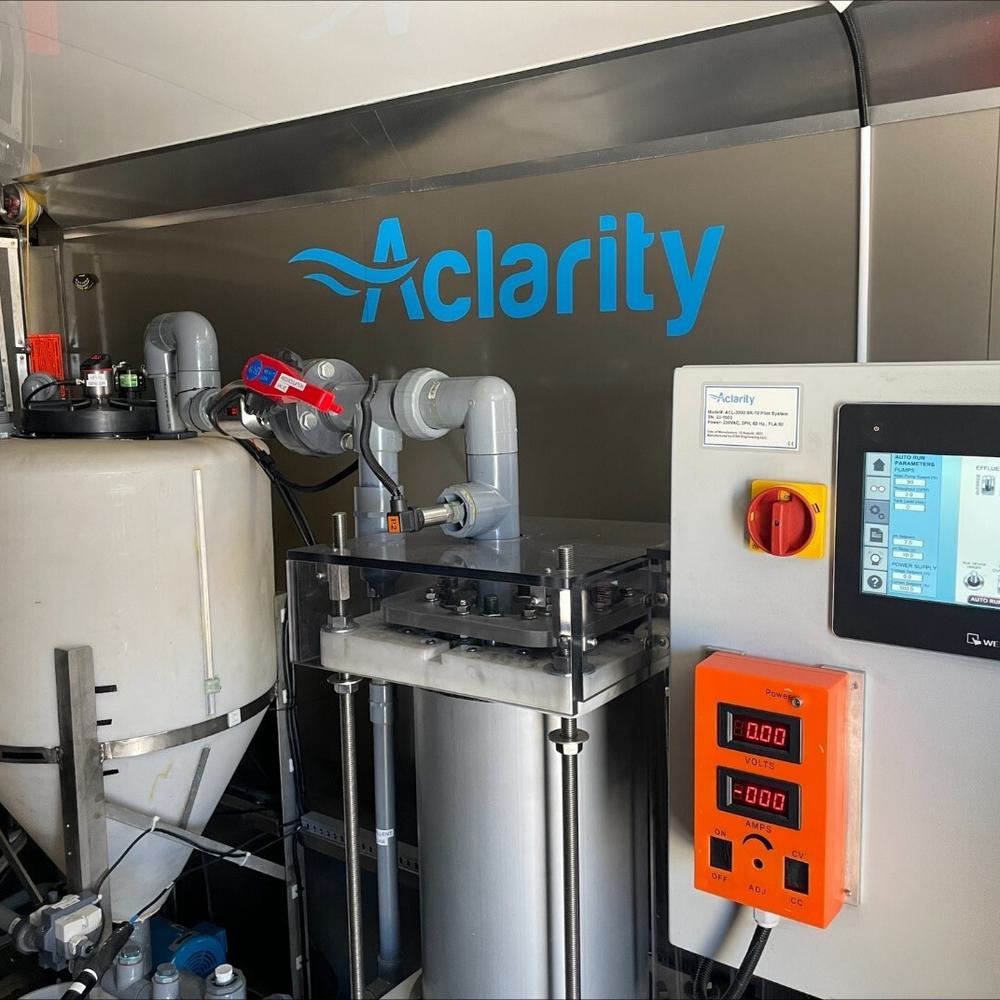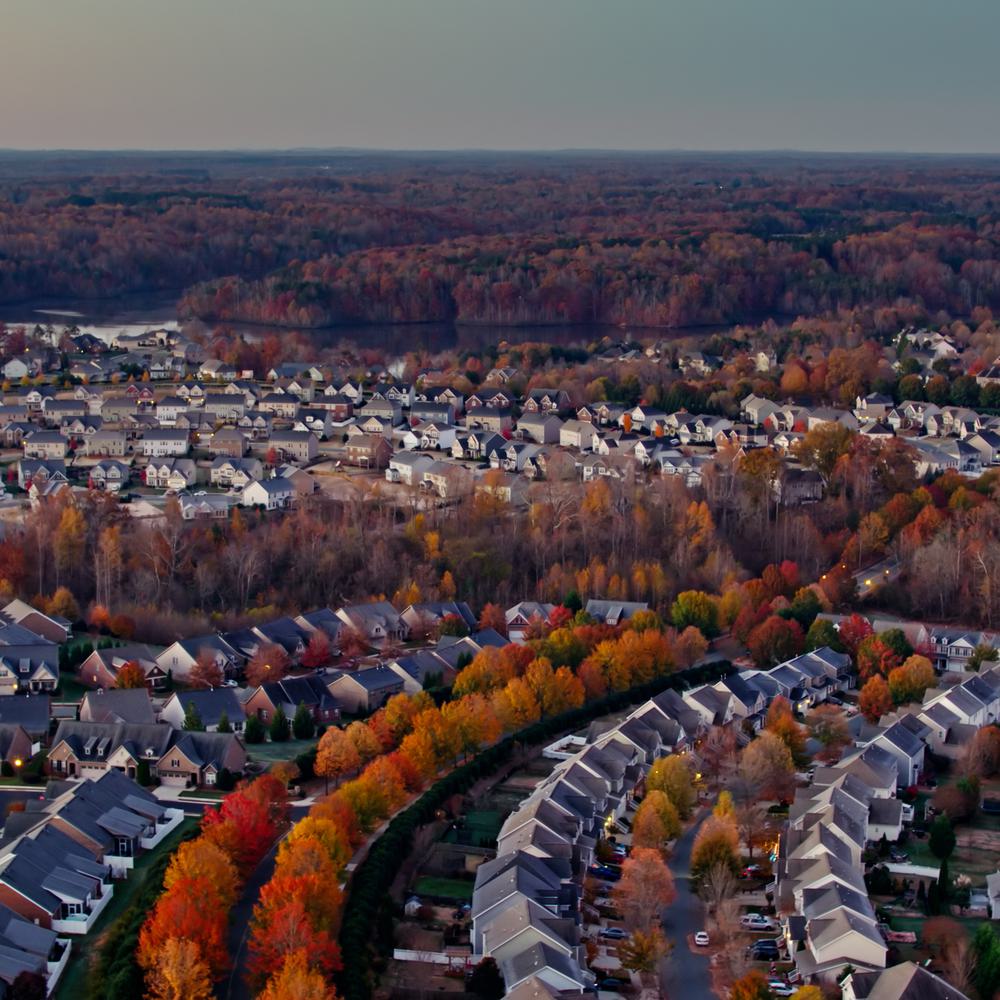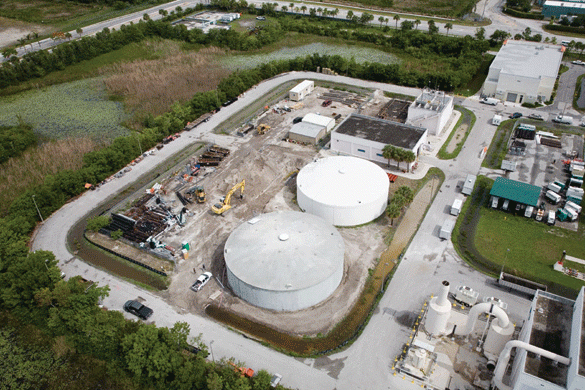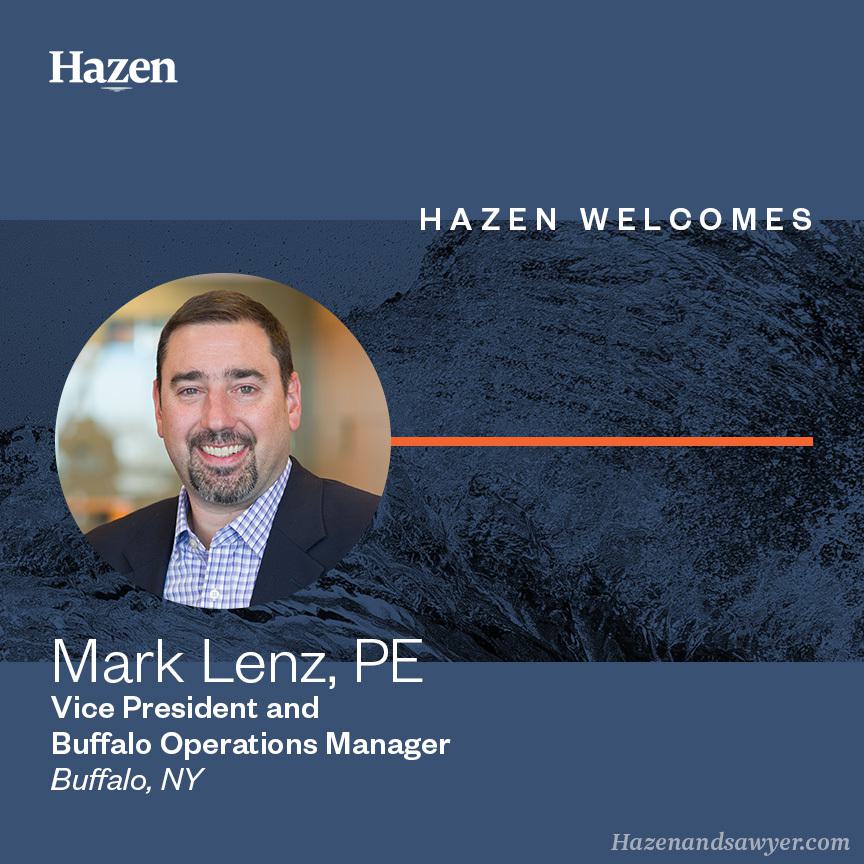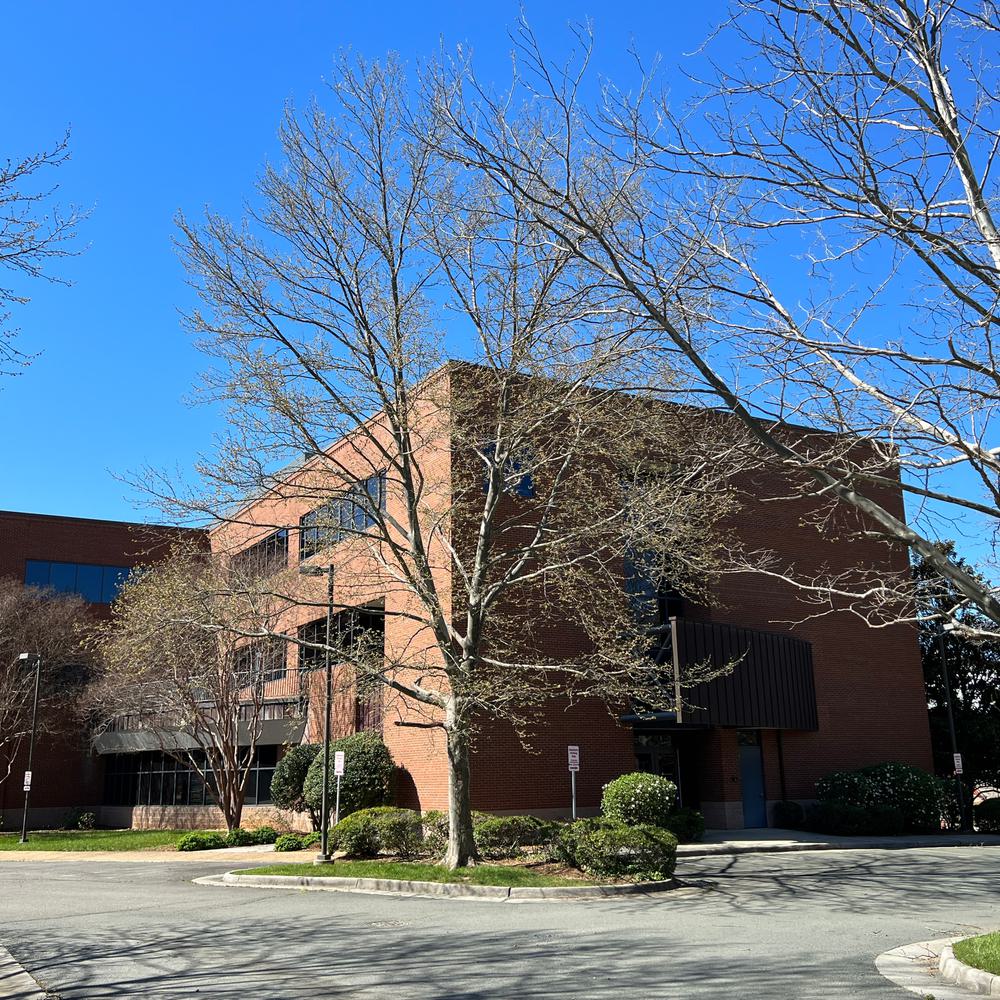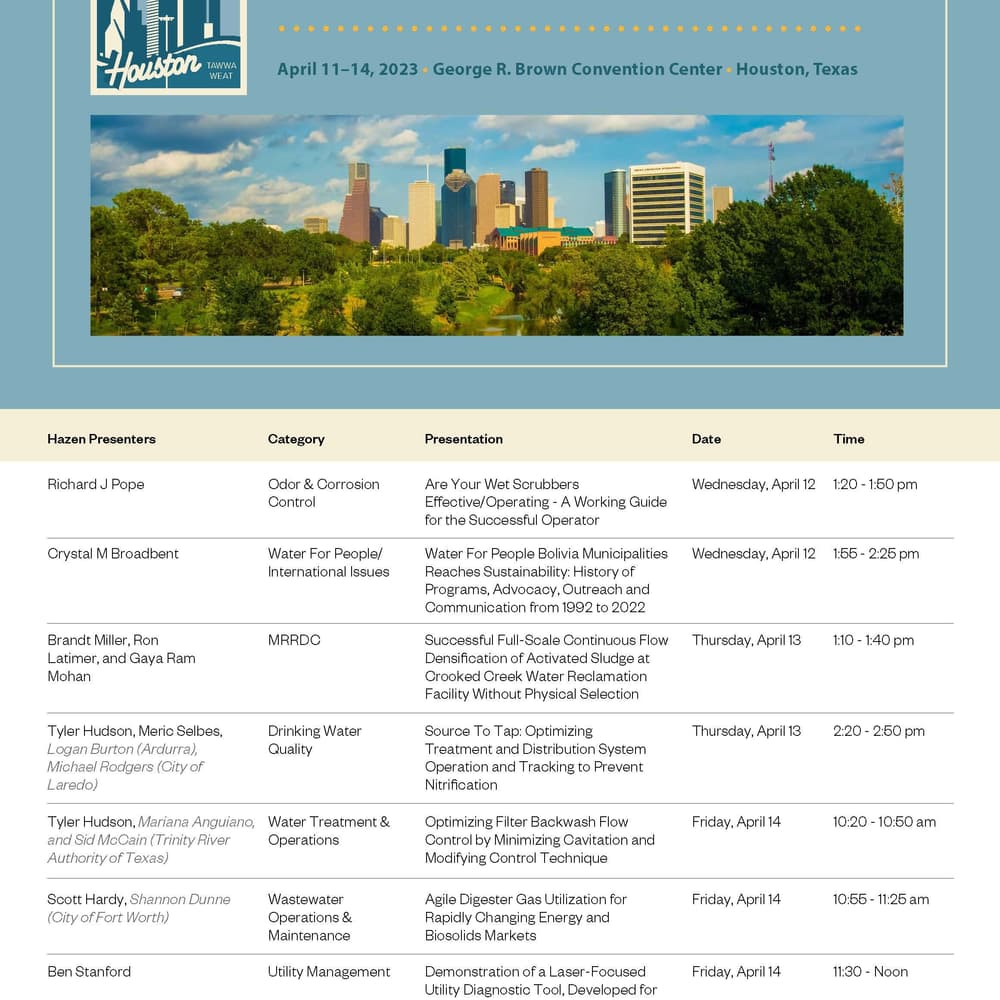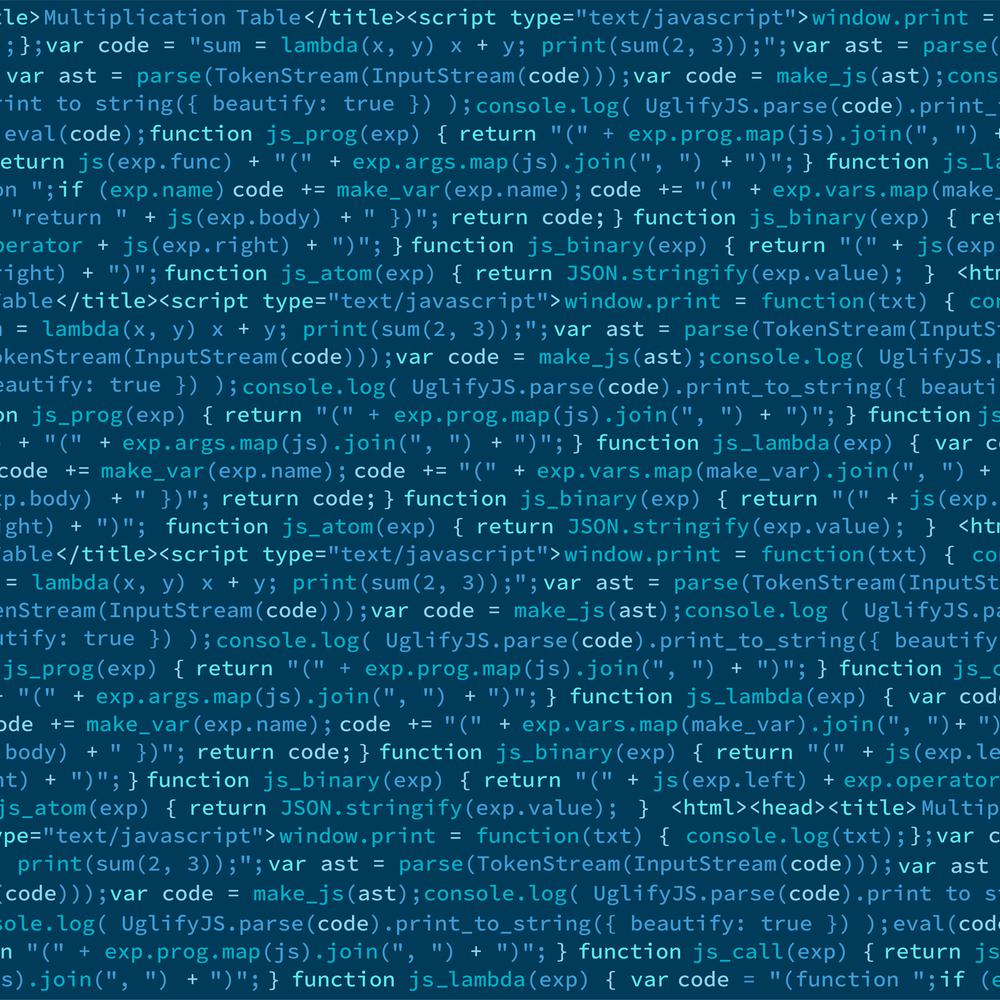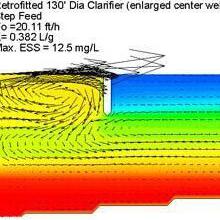Densification Maximizes Existing Infrastructure and Defers Costly Expansion
Intensification processes such as densified activated sludge can increase the capacity and treatment efficiency of WRRFs, as demonstrated at the Robert W Hite Treatment Facility in Denver.
At a Glance
- Hazen partnered with Metro Water Recovery to pilot and implement full-scale process intensification at the Robert W Hite Treatment Facility to maximize treatment capacity while meeting stringent effluent limits.
- Pilot testing demonstrated that densified activated sludge (DAS) settling characteristics allow a secondary clarifier solids loading rate two times greater than conventional activated sludge (CAS).
- Full-scale application of DAS in the facility’s North Secondary Complex will help extend its service life by at least 20 years and will defer the facility’s need for additional aeration basins and secondary clarifiers valued at approximately $60 million.

Ron Latimer leads Hazen’s Biological Nutrient Removal and Wastewater Process Modeling Groups, overseeing Hazen's research and sampling efforts to inform densification designs nationwide.
Related Topics:
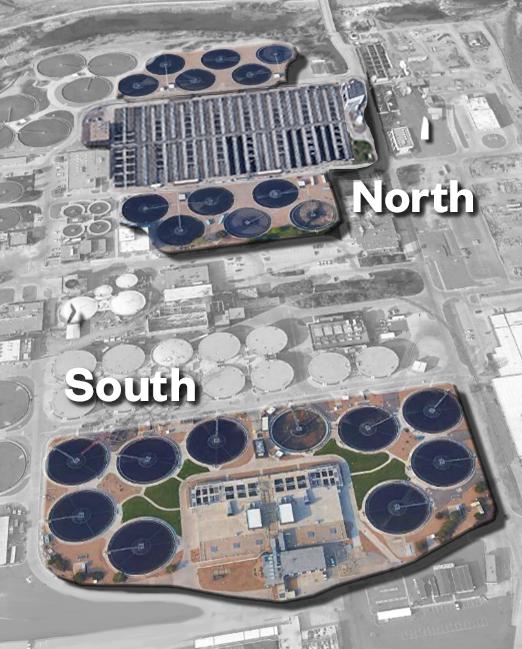
The Robert W. Hite Treatment Facility includes two liquid treatment trains: the 106 mgd North Secondary Complex (NSEC) and the 114 mgd South Secondary Complex (SSEC). Metro and Hazen used DAS pilot data to plan and inform the ongoing design of NSEC process intensification.
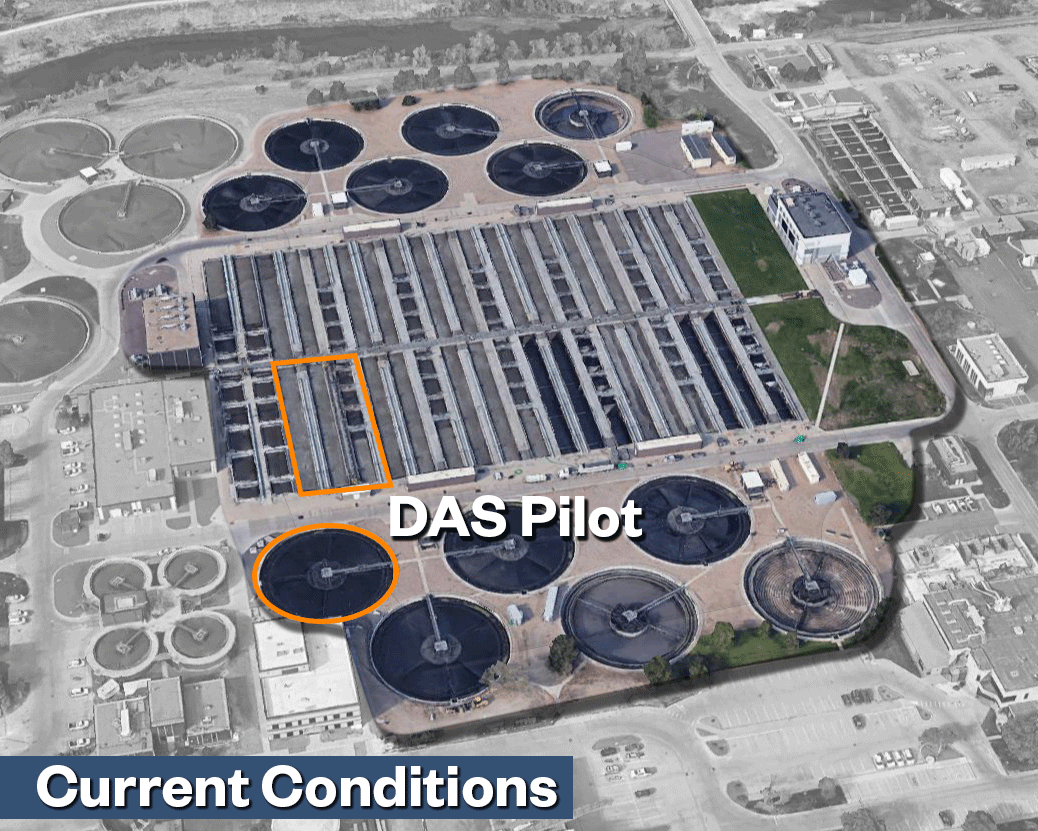
The DAS pilot confirmed that a $60 million conventional expansion would not be necessary.
“Installing full-scale densification will defer the facility’s need for additional aeration basins and secondary clarifiers valued at $60 million.”
~ Liam Cavanaugh, Metro’s Deputy CEO and Chief Operating Officer
Metro Water Recovery (Metro) serves approximately 2.2 million people across 65 cities and sanitation districts within the Denver metropolitan area. Metro’s mission is to protect the region’s health and environment by cleaning water and recovering resources. Faced with progressively lower effluent nutrient limits over the next 15 years, Metro is one of many utilities seeking cost-effective methods to enhance treatment operations.
Since 2017, Metro has partnered with Hazen to plan, pilot, and implement innovative wastewater treatment processes that address increasing influent loads, meet stringent effluent limits, preserve facility space, and maintain affordable rates for users.
Metro identified continuous flow densified activated sludge (DAS) as a cost-effective approach to achieve treatment goals and avoid a costly expansion of conventional treatment at its Robert W Hite Treatment Facility (RWHTF), rated for 220 mgd maximum month flow. DAS intensifies the biological nutrient removal (BNR) process by accelerating settling and compaction of activated sludge. Research indicates that the improved settling observed in DAS is linked to the greater proportion of large particles (granules) relative to conventional activated sludge (CAS) systems. Improved sludge settleability allows increased secondary clarifier solids loading rates, which enables operating at a higher solids retention time (SRT) to enhance nutrient removal.

Related: Watch how densification helps preserve the vitality of the Chattahoochee River and its surrounding communities.

The progression of sludge densification, captured in micrographs. The images show how flocculant activated sludge progresses through densification to form granules, starting at less than 200µm and eventually becoming granules greater than 600µm. Image credit: Metro Water Recovery.
In 2018, Metro commissioned a 10-mgd, continuous flow DAS pilot train to assess the feasibility of densification at the RWHTF. Metro operated the test train in 12 different configurations from 2018 through 2023, working with Hazen to optimize process performance and collect data to evaluate the potential of full-scale DAS. After successful piloting that combined kinetic, metabolic, and physical selection methods, Metro further engaged Hazen to evaluate the feasibility of full-scale DAS implementation at the RWHTF’s 106-mgd North Secondary Complex (NSEC).
Hazen’s evaluation began with a series of task orders to address Metro’s criteria for treatment capacity and effluent quality, including analysis of pilot data, special sampling, settling column testing, and clarifier stress testing. Hazen used calibrated BioWin process models and computational fluid dynamics (CFD) models to evaluate the potential impacts of converting the NSEC to DAS. The models confirmed that DAS would allow Metro to maintain the NSEC’s flow capacity and increase load capacity while positioning Metro to meet progressively more stringent nutrient limits. By incorporating DAS into the NSEC, Metro could extend its ability to meet treatment objectives to 2040, and perhaps beyond, without constructing new aeration basins and secondary clarifiers.
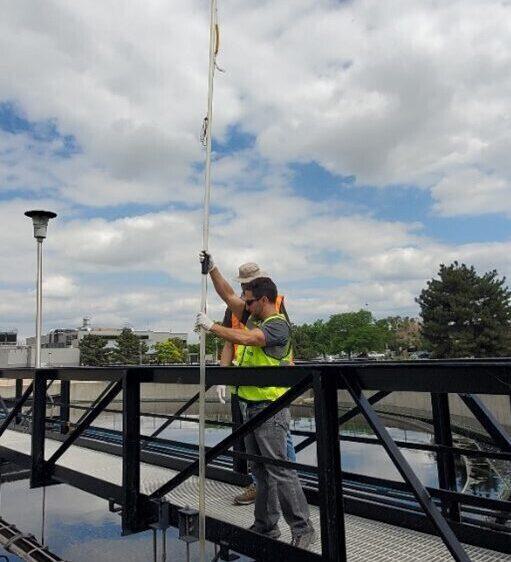
Hazen and Metro performed column settling tests and clarifier stress testing (shown here) to characterize the performance of NSEC secondary clarifiers with a 10-ft side water depth under peak flow/load conditions. Testing proved that the improved settling characteristics of DAS would allow the NSEC to double its clarifier solids loading rate to >60 ppd/sf.
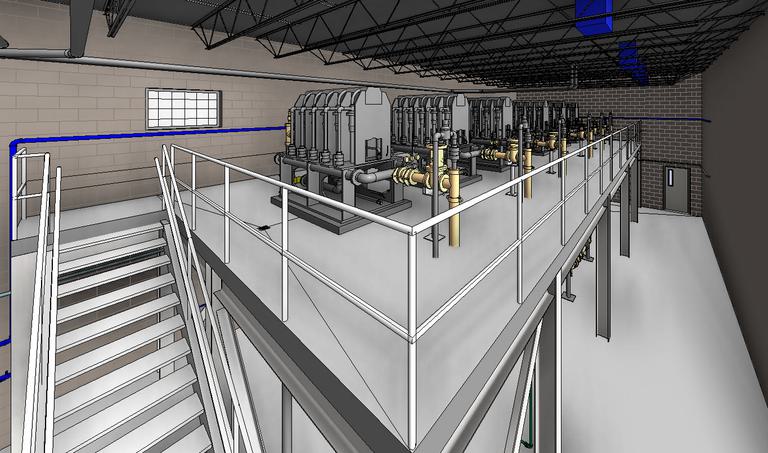
A conceptual design for a full-scale hydrocyclone facility. The hydrocyclones will provide physical selective pressure to support stable DAS operation.
Hazen developed a conceptual process design and corresponding cost estimate for full-scale intensification—which showed substantial cost-savings potential.
Following the success of these efforts, Metro selected the Stantec/Hazen team to design the PAR 1411 NSEC Upgrades and Intensification project, which is slated to be completed in 2029. The operational insights gained from the NSEC DAS system will help Metro determine whether the 114-mgd South Secondary Complex (SSEC) should be converted to a DAS process. The NSEC DAS effluent characteristics will also be used to inform tertiary treatment piloting and design as Metro continues proactively addressing future challenges.



